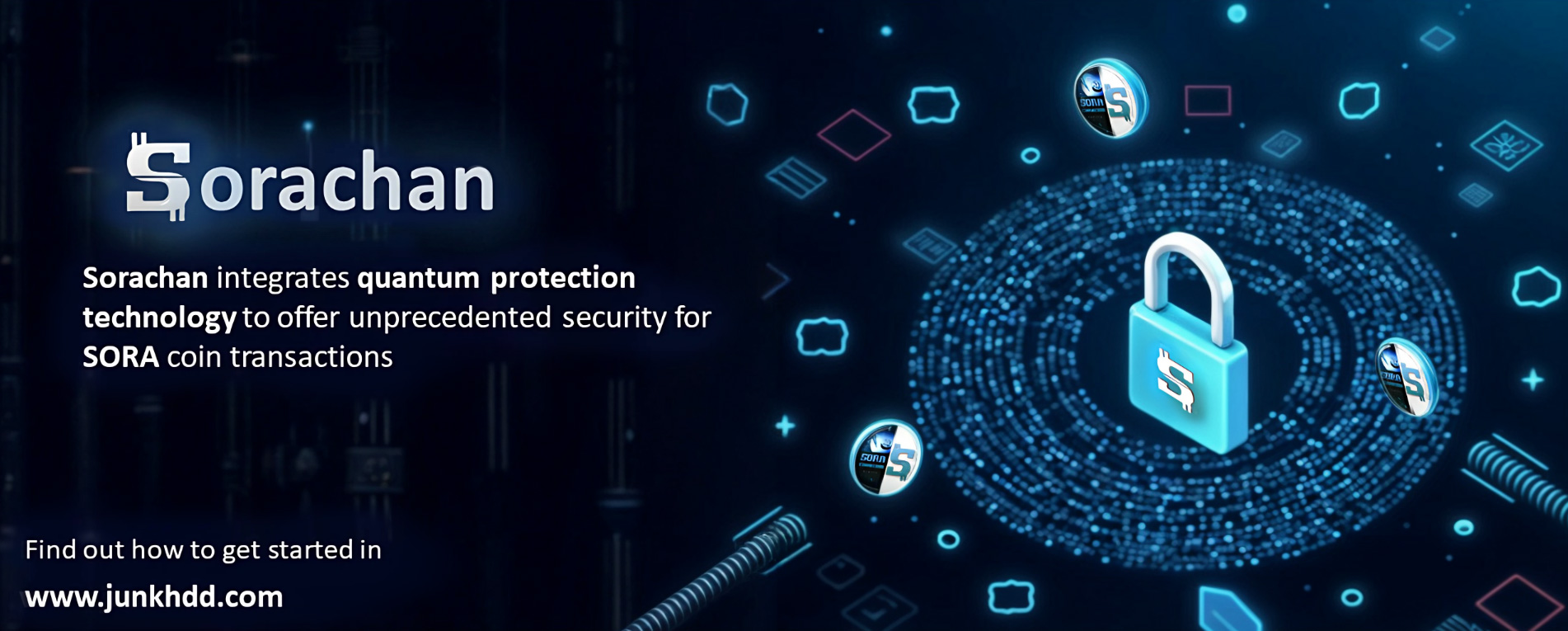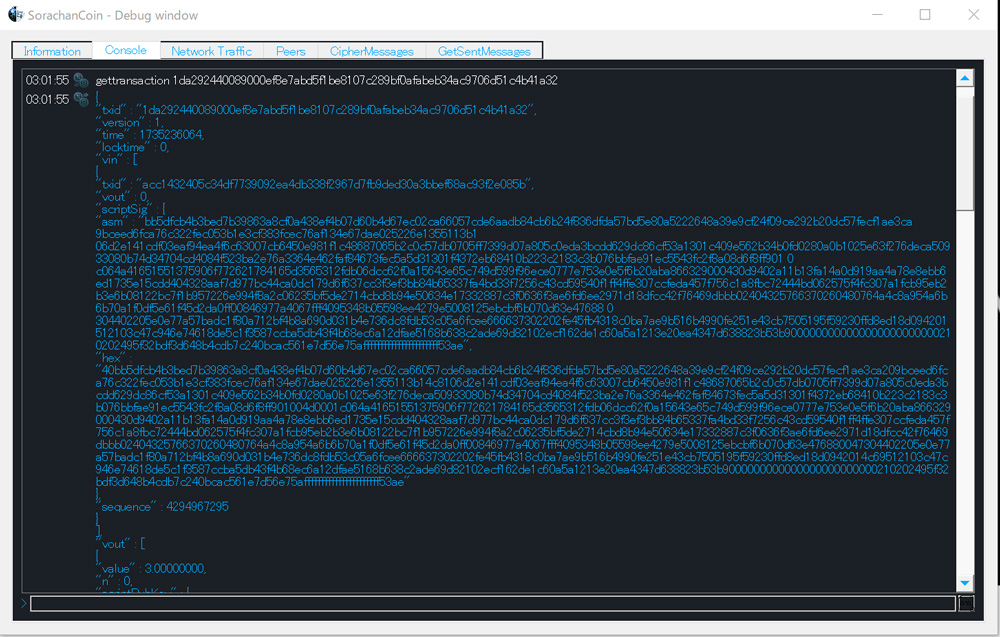[Whitepaper and Roadmap]
Quantum-Resistant
Cryptocurrency SORA for the Post-Quantum Era

Whitepaper 2025
>> Click here
Roadmap 2025
>> Click here
